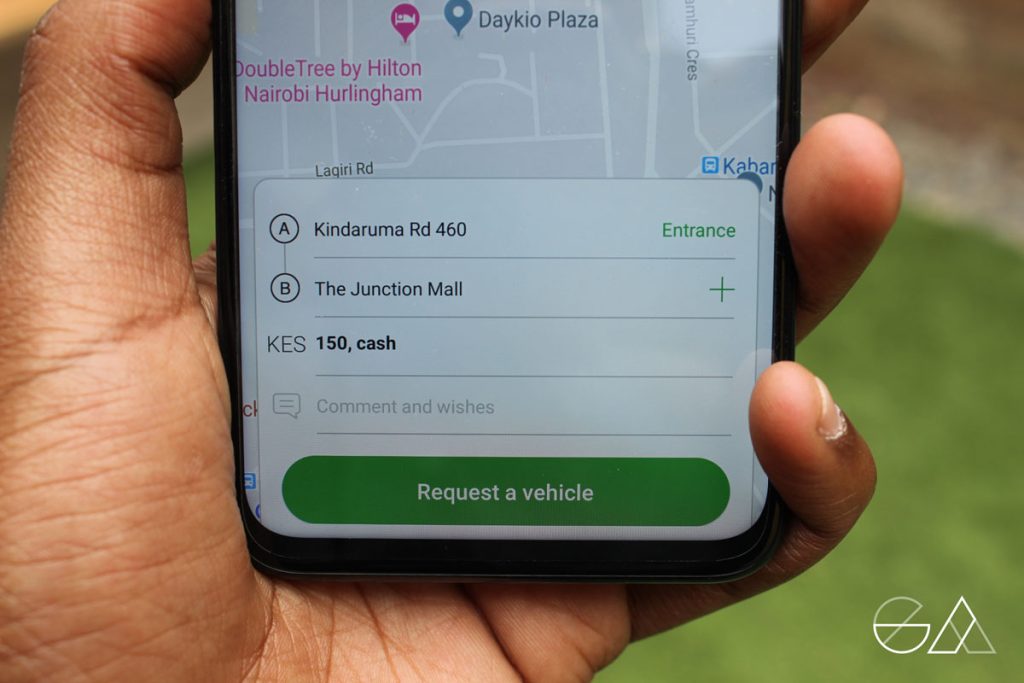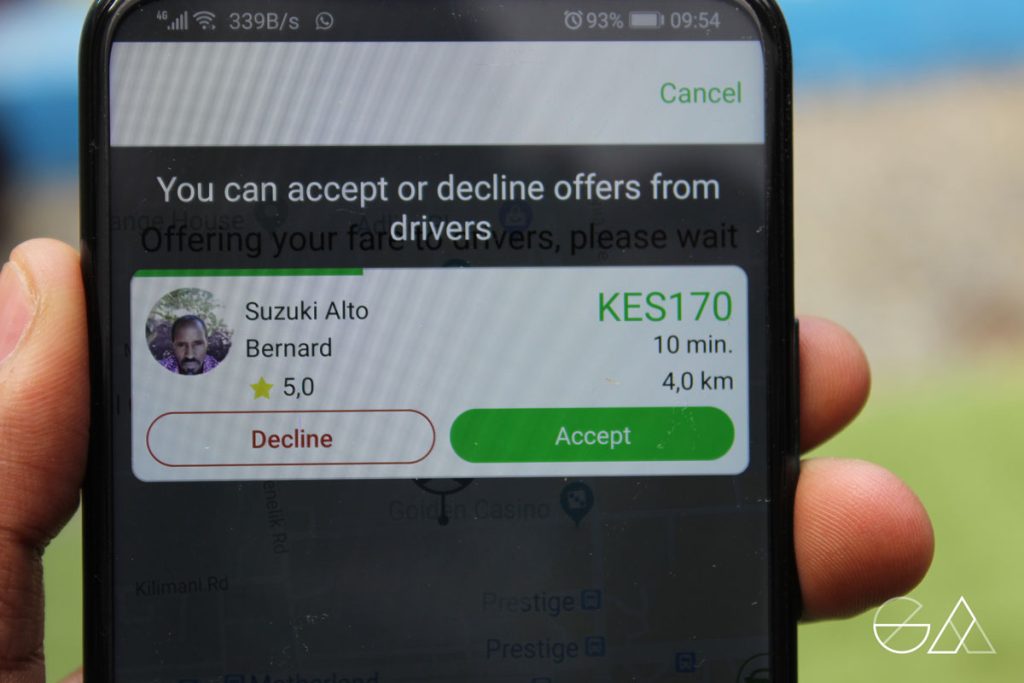It is hard to imagine right now that it is only a few years ago that taking a cab involved a precursory process of bargaining the fare and once you and the driver came into an agreement, your journey would kick off.
Then came the taxi-hailing apps, which quickly transformed the process of getting a cab. We no longer had to walk to designated taxi ranks to get one or have the phone number of your “personal” taxi guy saved, all we needed were smartphones (which are available in plenty).
The era of hailing taxis through apps brought with it, not only convenience but cheaper rides as well. The pricing model was based on kilometres covered and the occasional surge pricing set by algorithms depending on traffic levels and demand.
This new model was a relief to riders as it meant that rides could now be cheaper and it was more transparent what exactly one was paying for compared to the off-the-head method that drivers used before.
INdependent DRIVERs
Now, a new app has hit the market, with a new strategy to conquer where the likes of Easy Taxi and Sendy failed. inDriver, a taxi-hailing service based off New York launched in Kenya a little over a month ago.
The company is joining a market that is seemingly dominated by a few players all offering the same service. Yes, from the look of things, inDriver is just another app to help you get a cab but there’s more than meets the eye.
inDriver’s value proposition is not WiFi in the cab or special category of vehicles which offer less fare, the company’s footing is set on giving the rider the power to set their own fare, in a way, bringing the best of tradition and contemporary ways into one.
How it Works


Like every other service, there’s an app that you sign up on and you are met with the option of inputting your pickup location and destination but that’s where the commonality ends.
With inDriver, there’s an added option to select the fare that you want to pay for the trip.
Before you get too excited and think you can just rip off drivers, the app has a bare minimum fare for every route selected, so, as much as there’s no pre-set fare price, the app will not allow you to offer less than the bare minimum.
On top of this, once you make your offer, drivers around you are notified of the request and they have the option of rejecting the offer, accepting it or bargaining. If they accept it, the trip is then commenced, but if they choose to bargain, then you get the various offers from the drivers.


Driver offers for a trip between Prestige Mall and Junction Mall
The rider has the option of selecting whichever driver they want. The app will show you details such as the driver’s name, their picture, their rating, their car model and the price which they are bargaining for. Once the rider selects their preferred driver, the two are connected and that’s when the trip commences.
inDriver vs The Competition
Sometimes just having a cool feature is not enough and actual savings in the form of cash is what might attract users. So, we tested out inDriver and compared the app’s recommended minimum fare (the least amount it will allow you to offer for a certain route) with the cheapest options from competing services; Uber, Little and Bolt.
We did fare comparisons for some of the most common routes in Nairobi and here are our findings:
| Destination | inDriver (recommended minimum) | Uber (Chapchap) | Little (Basic) | Bolt (Go) |
|---|---|---|---|---|
| CBD - Aga Khan Hospital | 140 | 230 | 231 | 170 |
| CBD - K1 Klub House | 130 | 190 | 212 | 150 |
| CBD - JKIA | 470 | 560 | 548 | 500 |
| CBD - Village Market | 280 | 380 | 396 | 290 |
| CBD - Rongai | 540 | 610 | 660 | 500 |
inDriver was the cheaper option in 4 out of the 5 selected routes, which effectively makes it the cheapest taxi-hailing app in Nairobi. Of course, you may opt to bid for a higher amount and the drivers will more likely bargain for more money, especially during rush hour as it was during our test period.
One thing that I noticed, inDriver’s model did get rid of the pestering from drivers asking to know my destination before they decide whether they want to come or not, the fact that the driver also knows how much you’ll be paying means there are no surprises for either party at the end of the trip.
Putting the power to decide what amount you pay for a ride is effectively what we’ve been missing in this space.





Comments